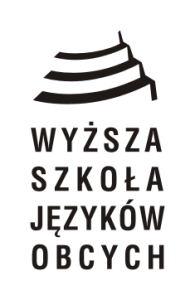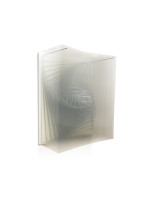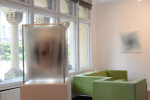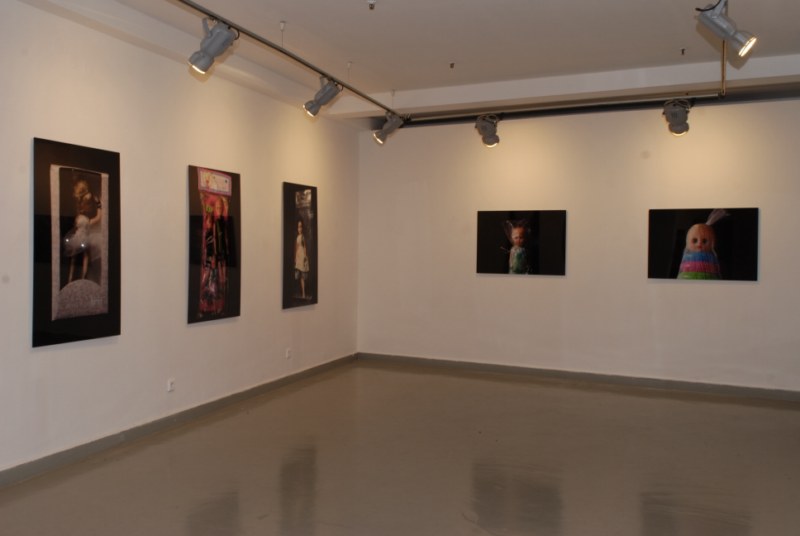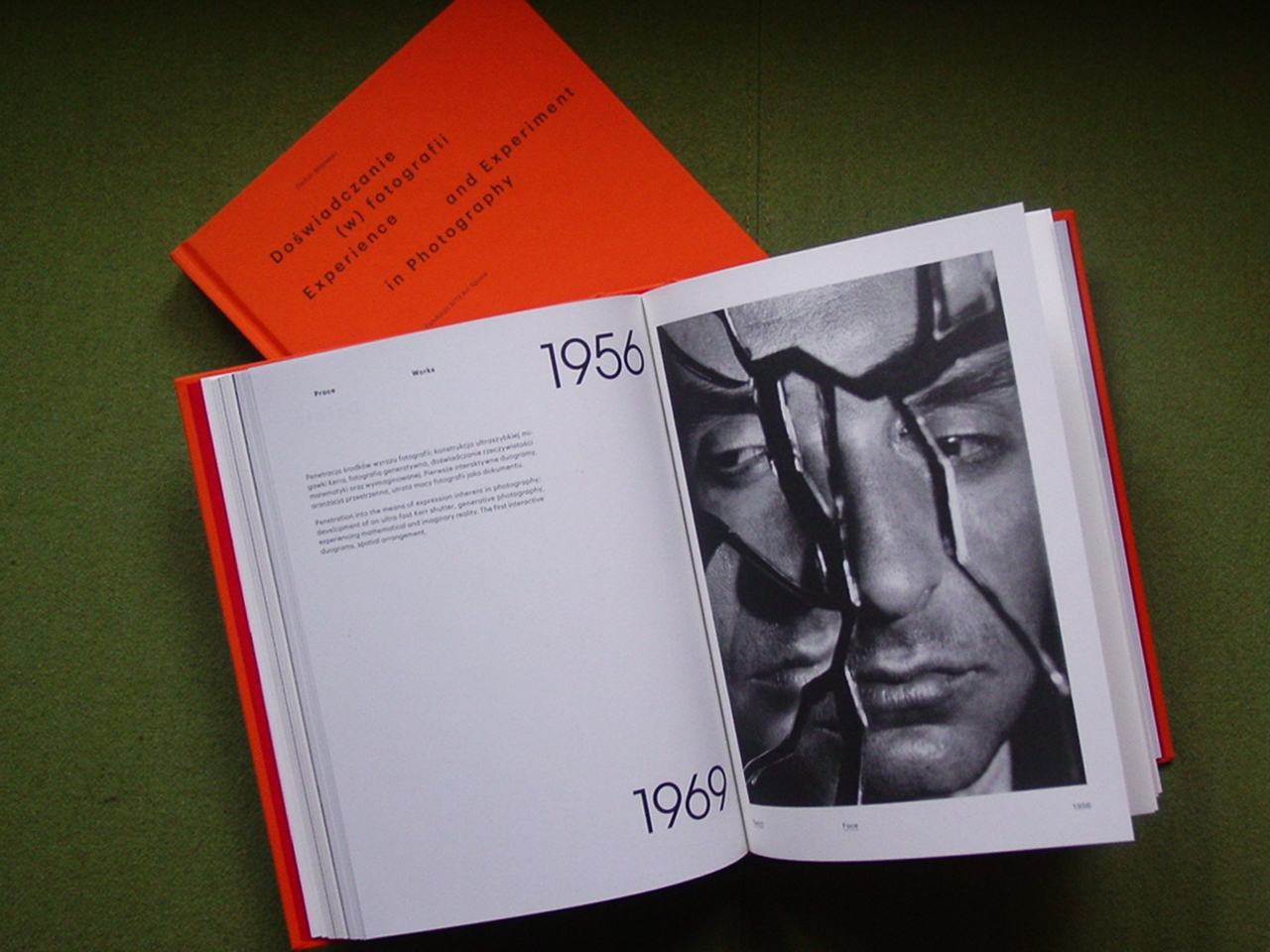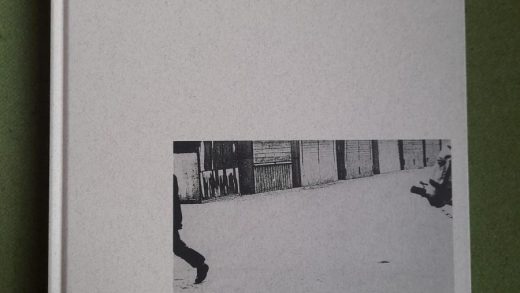15.05.2018–15.06.2018
Opening of the exhibition: 15.05.2018 at 7:00 PM
Piekary Gallery
ul. św. Marcin 80/82
61-809 Poznań
CK Zamek, Dziedziniec Różany
Exhibition open Monday-Friday 10:00 AM-6:00 PM
admission always free
Organizer: Galeria Piekary
www.galeria-piekary.com.pl, galeria@galeria-piekary.com.pl 
Partner:
Fundacja 9/11 Art Space
www.fundacjaartspace.pl, fundacjaartspace@gmail.com ![]()
Michał Molski
GEP HOUSE Development ![]()
Tamara Berdowska belongs among the most original representatives of geometric abstraction, not only in Poland but internationally as well. As she came to discover the uniqueness of her creative calling while she studied with Janina Kraupe-Świderska at the Academy of Fine Arts in Cracow, the artist declared a desire to go beyond the random, transient world of phenomena, heading towards a harmony of ideal orders. Just as in the case of several pioneers of abstraction, the image promised a path leading away from singular and empirical experience, through discovery of invisible yet existing principles. Consistent painterly practice and the influence of charismatic personality of Professor Kraupe-Świderska made her aware that despite current trends, art can be more than just a thing one plays, an embellishment of superficial glamour or elaborately concocted formal device. The successive stages of her work, insightfully analysed by an expert in the field, Bożena Kowalska, would deliver astonishing compositional inventiveness, display masterly skill and meditative qualities of individual works.
In the recent years, Berdowska’s activity in art and exhibitions has been progressing with a mature consistency and truly unbelievable intensity. The concepts born in the imagination, devoid of any references to sensory reality are pursued in series and worked out in numerous variants which derive from one another. Some paintings give rise to other images, until there is a sense that an idea has found its fulfilment, engendering the need to transition to a next stage. The work no longer evolves according to an established system but follows the development of the author herself, for whom the vitality and authenticity of her own creation is absolutely crucial. The works shown at the exhibition are very recent, and only a few, originating from the collection of Michał Molski, date to a slightly earlier time. All, however, tap into the boundless possibilities of geometrical language that the painter has developed, simultaneously yielding still new, continuously discovered transpositions. The large-format triptych in the blue-turquoise-brown hues, and the square paintings in subdued greys and browns from 2014 come from a period when the author’s inventiveness was virtually juggernauting towards increasingly diversified compositional solutions. Certain affinity with op-art coincides here with a desire to create complete entities which not only affect perception processes and sensory experience, but also engage the intellect and the spiritual sphere of the viewer. Although the artist relinquishes personal emotions in her articulations, several of the exhibited earlier works harbour tones of psychological gloom which accompanied their creation.
Predominant in the exhibition are works from the 2017-2018 series Insomnia, whose two facets have already been shown at Korekta in Warsaw and Artemis in Cracow. Pieces on display in Poznań include a number of previously unseen canvases and spatial objects from the recent months, with which the series becomes complete. The paintings, mostly large- or medium-sized, exploit square and rectangular formats as well as the tondo, which the artist readily took advantage of in that period. The colour range used throughout the series is the element which spans it all, though this time it is reduced to a scale stretched between black and white. The distinction into complex and decidedly minimalized compositional arrays is clearly palpable, though they are all constructed around a centre core, and regulated by symmetrical divisions. Individual paintings appear to correspond by virtue of opposition, inversion, transformation of the motif…
In the space forged by Berdowska’s latest works, the viewer experiences a presence of geometric structures which impose an order, but the dissimilarities translate into varied modes in which their impact is exerted. The vortex-like compositions, using the centripetal and centrifugal motion simultaneously have a powerful dynamizing effect. The eye is caught by intricate construction which seems to draw one into the spirally formed space. The paintings based on multiplied rectangles intertwined with cross, rhombus or ellipse motifs achieve an effect of concentration, while their rhythmical division generate the impression of another dimension. One could see parallels here with the state of altered consciousness that accompanies the nightly vigil in the course of which they were created. Their uniquely hypnotizing aspect is additionally enhanced by the singular manner of partitioning the whole with minute, regular particles which are laid on layer by layer, as if in a mantric motion of the brush. The graphicity of some of the canvases, brought out by the contrasts, is mitigated in others by transitions based on tonal gradation. Greys, whites, and blacks have been tempered through additions of green, blue or yellow, yielding a hazy, vague quality. The large-scale works seem to surpass the ordinary capacity for perception, even grate at mental sensitivity to some extent.
In the subsequent tondos geometric elements are reduced, in that via quadripartite rosettes the artist achieves visually purest pieces relying on the figure of the circle. It is here that the form becomes the most phenomenal and luminous, ascending to an almost metaphysical presence. The very advanced materialization of the painterly matter situates the works on the verge between the visible and the invisible. Painting transcends itself, veering towards the unfathomable, rises above human experience to a realm beyond the senses. In these works, just as in the case of those exhibited at Artemis in Cracow, where tunnel-like compositions made up the show entitled Transition, emanate the concept of death as a passage into another dimension, an idea which both accompanied the artist while she created them and is elicited in the viewer. This time the rectangular layout has been replaced with fullness-denoting circle which harbours an archetypal essence that irresistibly connotes the mandala. The black and white in the centre denotes the infinity of light and dark. The sensation of a subtle pulsation, comparable to resonation of sound, has been achieved by delicate play with gradation of tonality and value across the concentric circles which alternately constrict and expand. The tondos appear to come closer and drift farther away at the same time, provoking an indefinable sensation of being attracted and pushed away. It would seem that the conclusions drawn from the lesson of op-art are fused here with a profound, universal import. A new theme emerges in Berdowska’s oeuvre – an attempt at approaching the ultimate things.
The motion inherent in the painterly compositions expands even further in three-dimensional drawings on superimposed sheets of foil. The concept behind those original works dates back to the training at the Studio of Animated Film, Academy of Fine Arts in Cracow, and it is particularly appreciated by the critics. The objects shown at the exhibition engage in a non-obvious dialogue with the paintings, as if transposing the ideas they contain onto another medium. These works, founded on a certain structural conception are simultaneously elusive in the manner of poetry. Light and ephemeral, they seem to conceal the secret of their essence behind the successive veils. A change of the angle of vision moulds them like a volatile, ever-becoming sculpture. The questions arising here concern the space itself, the ways in which it can be brought forth, and the cognitive faculties of the human mind.
The latest exhibition of Tamara Berdowska’s, just as the previous shows, is an opportunity for an encounter with works of the highest quality, where one can contemplate dimensions explored by the artist, dimensions which remain inaccessible in mundane experience. The communication between the author and the viewer may take place on diverse planes, especially that the art, albeit in tune with the spirit of our times, is also in line with the universal, timeless continuity in which the archetypal patters are retained. Although the works may be devoid of emotion, singularly cold in their perfection, they are indeed moving, as they attain impersonal beauty, reach the regions of pure mind, surmount physical limitations and ultimately release profound associations.
Yet again, the exhibition offers an insight into the ongoing creative process, into its striving for perfection, invisibility, in an endless pursuit …
Agnieszka Tes
Tamara Berdowska, artist, was born in 1962 in Rzeszów. In 1985-1990, she studied at the Academy of Fine Arts in Cracow, at the studio of Professor Janina Kraupe-Świderska, graduating with honours. Since 1988 Berdowska has contributed to 100 collective exhibitions and has seen 22 of her solo shows. Since 2000, she has participated in the symposia organized by Bożena Kowalska for artists employing the language of geometry, which took place in Chełm, Orońsko, and subsequently in Radziejowice. Winner of scholarships awarded by the Ministry of Culture and Art, Emily Carr College of Art and Design in Vancouver (Canada), Pollock-Krasner Foundation (New York), or Mayor of the City of Bielsko Biała, as well as others. The list of accolades also includes Professor Janina Kraupe-Świderska Award, Grand Prix of Sztuka Dwóch Czasów at the National Museum in Gdańsk, Egeria 2000, Museum of Ostrów Wielkopolski, or the Witold Wojtkiewicz Award in Cracow. Works created by Tamara Berdowska may be found in the collections of such institutions as the National Museum in Szczecin, Kunstmuseum in Bochum, Studio Gallery in Warsaw, Historical Museum of the City of Cracow, Archdiocese Museum in Katowice, District Museum in Chełm, District Museum in Radom, Centre for Polish Sculpture in Orońsko, Historical Museum of Bielsko Biała, Mondriaanhuis, Amersfoort Museum, Mazovia Centre for Contemporary Art “Elektrownia” in Radom, Academy of Fine Arts in Łódź, Museum im Kulturspeicher Würzburg (Sammlung Peter C. Ruppert) as well as in private collections in Poland and abroad.
Media patronage: Artinfo.pl

